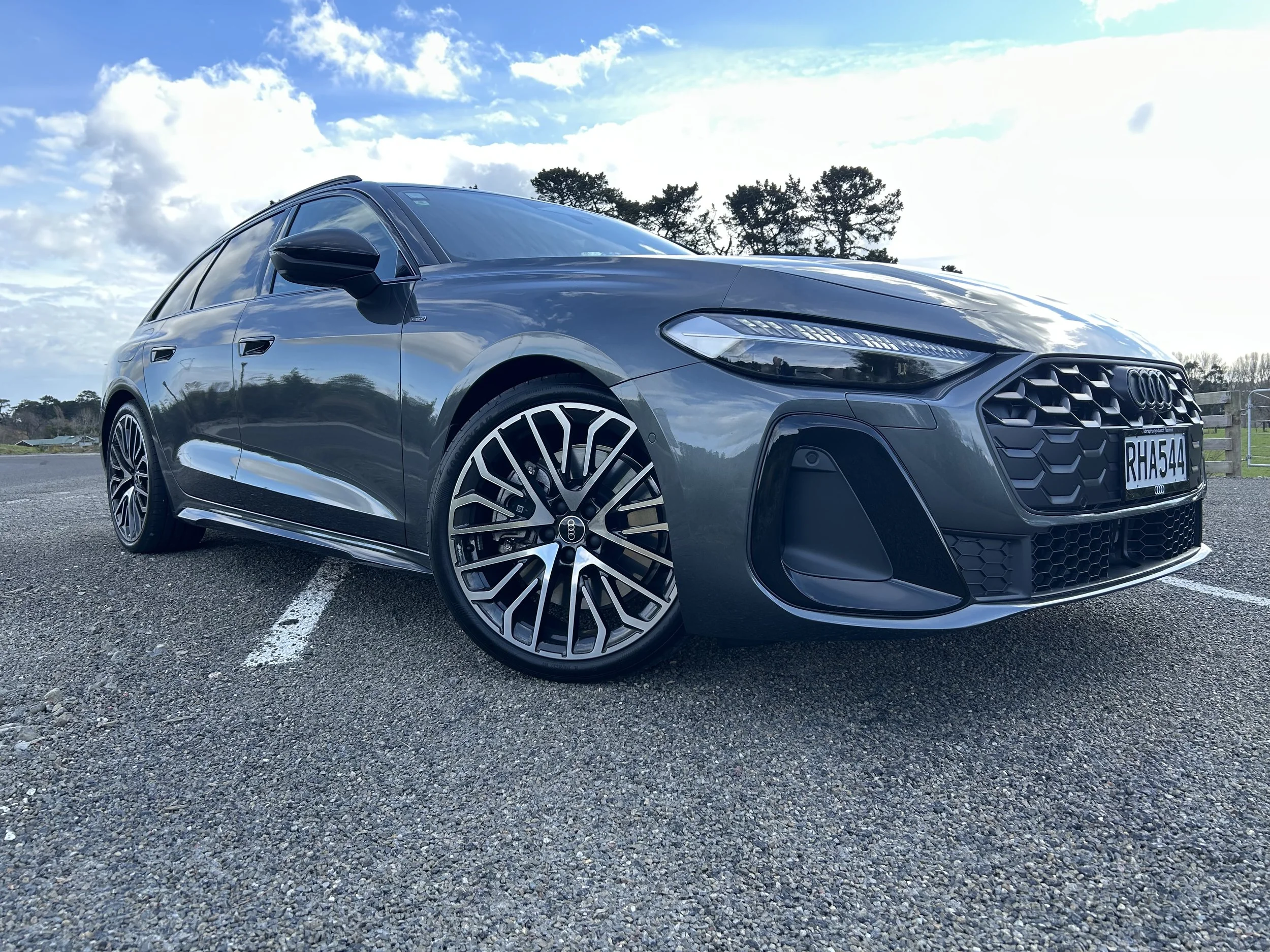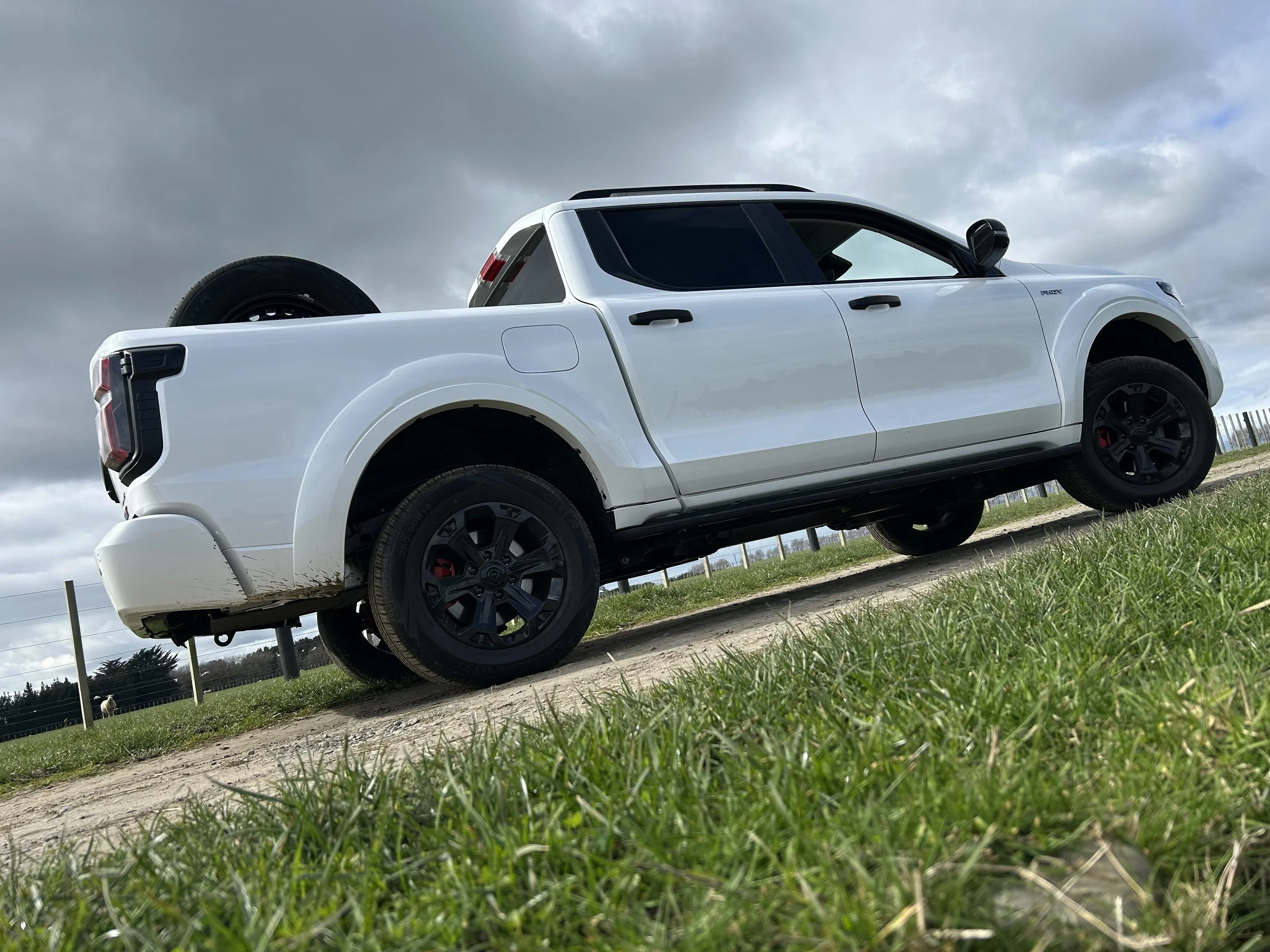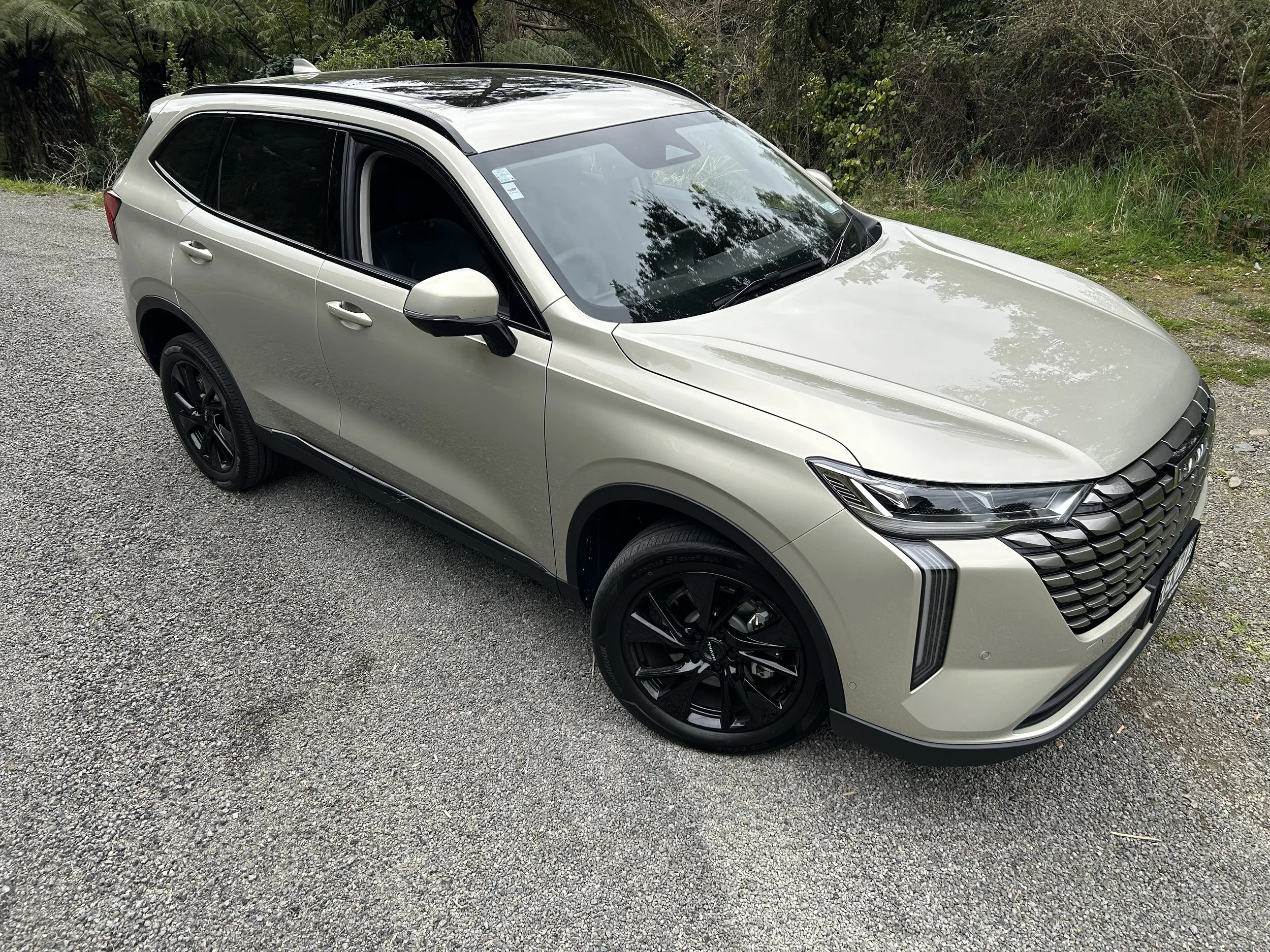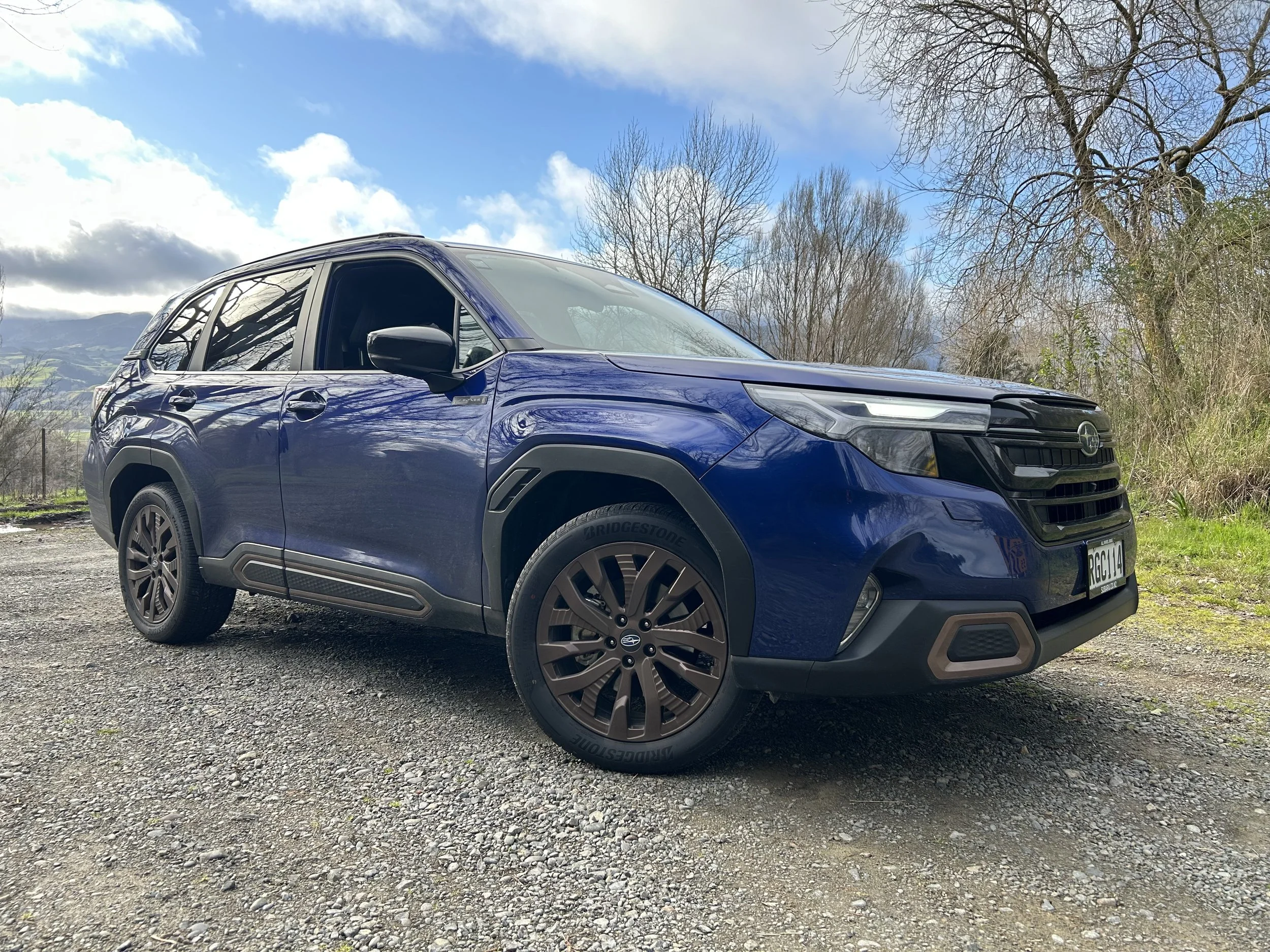Mustang 2015: Pony car's dynamics up to power play
/Taking the generation six Mustang into mountain country near Los Angeles has whet our appetite for the local market arrival of Ford’s fabled performance flagbearer.
“I hear during the weekends they have paramedics permanently based up here, because so many bikers come off.”
The observation voiced by a Ford host as we idle at Newcomb’s Ranch seems plausible. The past 40 minutes have provided a huge workout for the 2015 Ford Mustang. Sited 1630 metres above sea level, this Angeles National Park roadhouse is barely 80 kilometres from Los Angeles, yet seems a whole world away. Hard to imagine around 10 million people reside right on the other side of those jagged peaks.
Ford has laid on 240kms driving, yet this single 36km stretch of Angeles Crest Highway driven pre-lunch proves the truth test. A progressively narrowing and steepening tangle of gradients and corners, this favoured weekend racer road shows plenty of scars. One of our own, a Taiwanese, leaves a Mustang memory, pinballing his brand-new ride so hard along armco a wheel is torn off.
Our ascent ends pre-summit, at a roadside log cabin restaurant that over time has been a general store, petrol station and brothel (truly the ultimate ‘one stop shop’, a wit observes). Part two of the duel is to charge downhill again.
We arrive elated by the Coyote V8’s punch and the car’s assured poise to find a big posse of Harleys already here. These weekend warriors wrapping up an 11-day ride from Indiana are naturally drawn to another all-American hero.
The bikers get 10 minutes’ head start. Not enough. Halfway down we’re hauling in Hogs and leather-gloved hands graciously wave us through.
It doesn’t surprise that we’re the big guns down the few straights, but look how the Mustang is taking these bends! That’s the revelation: Save for its 20-inch rims and Pirelli P-Zero rubber, our car is standard. We’re told the Performance Pack standard to NZ but optional in the US is sharper. No sweat. Ours is sweet regardless.
Moving from a solid rear rear axle to an independent set up – you know, like the rest of the world did about a million years ago – is the big step forward; the car obviously had to feel better and immediately and comprehensively does with purity of balance and a sense front and rear ends are working as one. It corners flatter and is unflustered by big bumps mid-bend. The steering, too, has a consistency of feel and feedback.
That it reminds of a Ford Performance Vehicle model is by chance; Ford US never used FPV product as a barometer. Nor did they think about next year’s born-again XR8, which will be an alternate for 18 months and might also be lineball on price – a rumour Ford NZ won’t discuss. Nonetheless, it contributes familiar FPV-like pluses (great turn-in, cornering confidence excellent grip) and pitfalls (ripply low-speed ride, huge road noise).
It also has the feel of a smaller car, to a point: The imposing dimensions and weight remind added athleticism and physique seems fuelled by six packs and burgers. Supplanting Detroit steel with alloy is good, but lifting the aluminium bonnet that flexes at speed requires decent heft.
Smart mood lighting, including door mirror puddle lights outlining the pony icon onto the ground and selectable Drive Modes, from Comfort through to Sport Plus and Track modes (which mainly alter the throttle and steering feel and progressively diminish traction assistance) are in tune with current trend, but mostly its past continues into the future. The cool new shape drips with yesteryear cues, as does the closeted, tight in the back (legroom is so-so, headroom poor) cabin. While tech-rich, with Sync infotainment and sat nav (and a great reversing camera), it applies toggle switch confusion and vexes as the only new Ford lacking a digital speed readout as backup to the too-busy analogue speedo (sorry, ‘ground speed’ meter in Stang-speak).
Engine choice? The 2.3-litre turbo four earns performance billing by virtue of an impressive 0-100kmh time of 5.5 seconds in manual and healthy outputs: 231kW and 433Nm make it gruntier than the 3.7-litre V6 left Stateside. Ford is not talking local market economy yet, but the cited 9.0L/100km in US market tune isn’t too bad, though no better than some local V6s. There’s handling edge from the four being slightly lighter, so it’ll likely hold good pace through bends.
The trade-off is in emotional connect: Even with synthesized sound feeding in under full power, it’s aurally meek and, while mid-range torque is impressively solid, take-off urge in US tune was lacking. More views are expressed in the video, but I can’t see true enthusiasts giving it a thought.
Even if the four does find sales, the V8 is under no threat as being undermined as the ultimate expression of Mustang macho. Fuel burn is sobering, of course (12.3L/100km officially, but far worse when pushing) yet the bludgeoning brutality is fulfilling. It could be louder and deeper-throated though. Memo Dearborn: Tune into a Jag F-Type.
Other attendees hogged the six-speed auto cars, but muscling the manuals was no bother; we were intrigued by Ford comment about how good a manual EcoBoost feels in Sport Plus mode and though initially a bit rusty with left-hook downshifts, the boxes felt good. The smaller engine gets the slickest shifter; the eight’s is slower and more measured but there’s no need to stir so often.
Tyre-immolating blast off is a point of pride for the Coyote; the pony’s latest trick is line lock, a burnout button. The front brakes lock but the rears don’t, so floor the throttle and … well, you can guess. How does Ford get away with it? By citing it’s an aid for off-street drag racing meeting, a popular hobby Stateside. Ford NZ fears that argument might not work here.
















